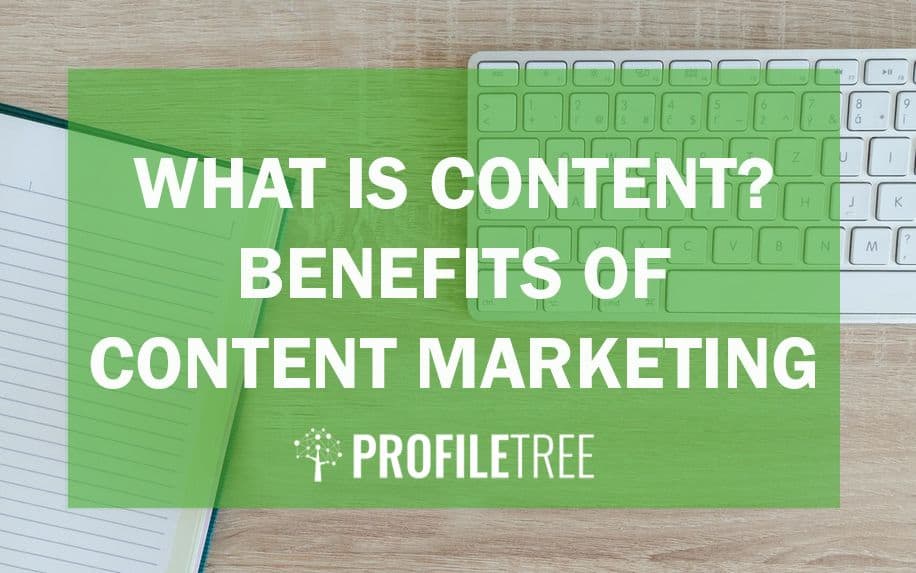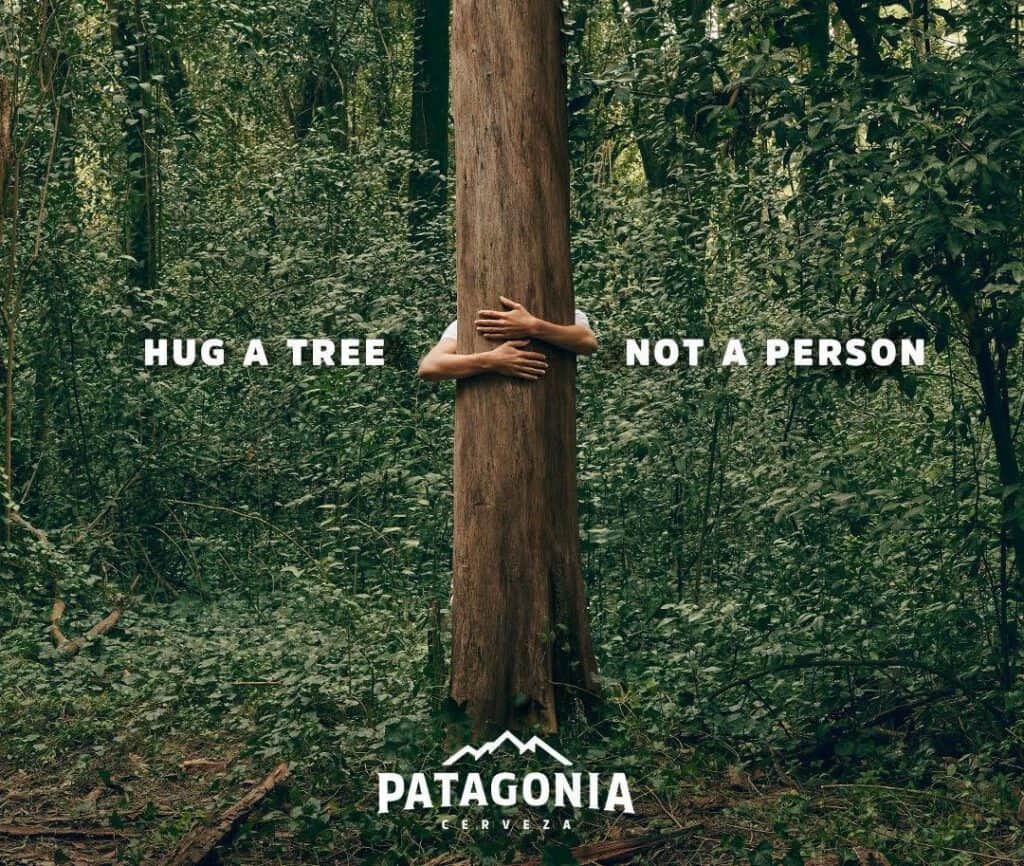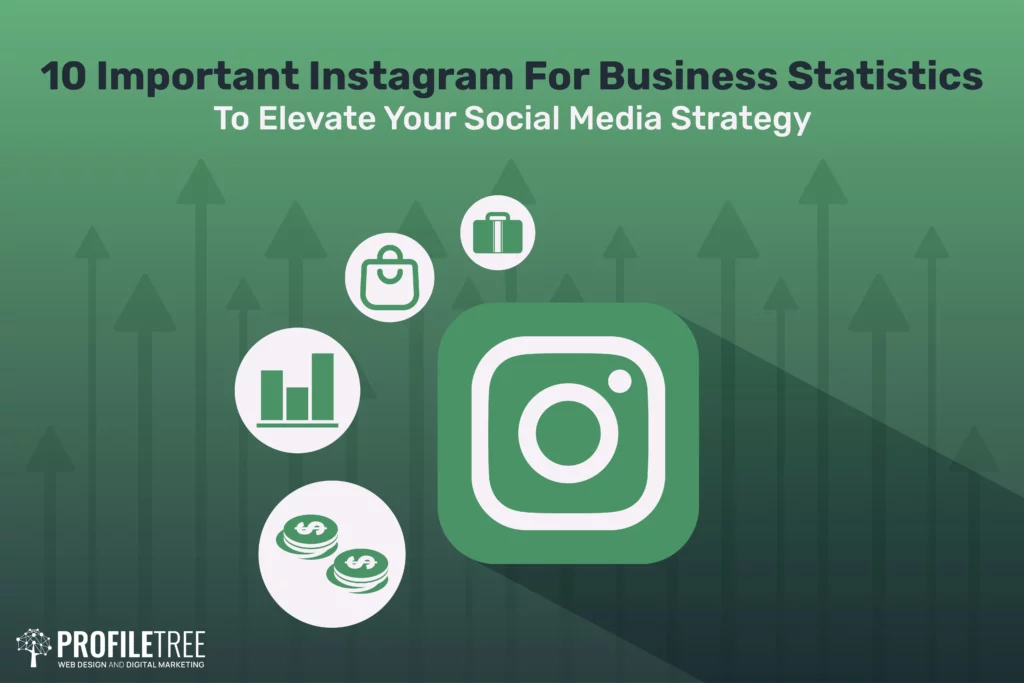What is content? Content is a message to a targeted group of readers. It can take the form of text, audio, video or multimedia graphics. Content is the main way that companies communicate the benefits of their products, services or ideas to customers and leads. When content is created and published in this way, it’s called content marketing.
Content marketing consists of a series of messages that move prospects along each stage of the buyer’s journey – awareness, consideration and decision being the main phases of that journey.
Content remains the digital fuel energizing effective marketing in an increasingly competitive, noisy world. But what exactly is content? At its core, content refers to any text, video, imagery or other media created, curated and distributed to inform, assist, engage or entertain target audiences. From blog posts, social messages and emailed newsletters to infographics, ebooks, case studies and video tutorials – content manifests in numerous formats with distinct applications.
Yet only high-quality, optimized content cuts through the clutter to deliver value. This requires an integrated strategy encompassing research, creation using frameworks and governance, continual assessment and refinement, repurposing and thoughtful promotion across owned, earned and paid channels.
When executed smoothly, content facilitates ongoing awareness, education and relationship-building between brands and prospects across the entire customer journey.

This comprehensive guide will clarify what effective content entails for B2B, B2C, nonprofit and government organizations in the modern age. Strategic insights from top content marketers coupled with actionable best practices and operational processes bring an insider perspective on fueling organizations with the informational assets most likely to accelerate meaningful outcomes.
Let’s explore exactly how to develop magnetic content with the traction to propel your organization to the next level.
The goal with the intro is set context and intrigue through the content marketing metaphor, promise an insider’s detailed examination of both strategy and execution, and summarize the value proposition for readers in an engaging manner.
This guide will show content marketing’s specific benefits, examples of use and the importance of generating a content marketing strategy roadmap.
Table of Contents
Benefits of Content Marketing
Improved Demand Generation
Demand generation is a marketing tactic that drives interest in a company’s products, services or ideas. During demand generation campaigns, marketers use content to make prospects aware of needs that they didn’t know that they had.
For customers who already have an identified problem, marketing professionals highlight the benefits of products and services through the use of content. Infographics and white papers are two types of demand generation content that appeal to leads in the early stage of the buyer’s journey.
Brand Building
Marketers generate content to tell consumers about a company’s values, offerings and how the organisation is different from its competitors. The content must have a consistent theme across all communication channels.
Challenges arise when a company serves two or more different customer groups. In these cases, marketers must create personalised content that speaks to different demographic groups while maintaining the overall theme of the company.
Increase Traffic to Websites
Good content informs and educates consumers about topics for which they have interests. This content attracts website visitors who are searching for information on specific topics. Search engines such as Google, Yahoo and Bing continue to update their algorithms to make quality content rise to the top of search engine rankings, which results in added traffic to certain websites.
Useful content is also shared more often on readers’ social channels. Findings from marketing studies indicate that consumers are suffering from information overload. Attention spans are shorter than ever before. Prospects may be more likely to read content that has been recommended by a friend or colleague.

Engage Readers on Social Channels
One of the unchanging laws of marketing is to pursue customers where they live. Decades ago, that used to mean print newspaper and television advertisements. Today, it means engaging with prospects through social media channels. Communicating through social media puts a personal touch on marketing efforts because conversations are authentic, interactive and conducted in real time.
Scalable for Different Phases of the Buyer’s Journey
Pieces of quality content in the hands of the right marketing professional can be revived and reused again. Videos and infographics that attract viewers who are at the early stages of the buyer’s journey can be combined, modified and re-purposed as webinars that can move more qualified leads to the next stage in the sales funnel. One can also compile a series of blog posts into an ebook that can be used as a free download for existing leads, into a flip book for an interactive online experience.
Establishes Expertise
Insightful, well-written articles, blog posts and white papers help to establish authors as experts in their chosen industries. A company that regularly employs experts will continue to attract customers in its physical and online stores. For example, if a company that supplies marketing services provides useful guides and advice, this informs their credibility and establishes them as an expert in this field.
Successful Content Marketing Examples
Patagonia
Patagonia is an outerwear clothing brand that evokes the excitement of adventure travel in exotic locations around the world. The company first focused its marketing campaigns on building up its reputation for producing clothing and gear that are of exceptional quality.
After succeeding at this part of its marketing strategy, it published announcements via press releases of its commitment to the environment and social responsibility. Patagonia’s marketing team knows that its target customer or buying persona loves quality outerwear, stunning travel destinations and environmental stewardship. It wants to let prospect customers know that its products are made from materials that are eco-friendly and fairly traded.
The company now publishes a blog that vividly describes the adventures of some of its customers. Customers, who are also environmental activists, get a platform to share their travel experiences, pictures and concerns for the conditions of the world’s natural resources through guest posts. Patagonia uses its established brand name and customer-generated content to meet its marketing goal of creating awareness about environmental issues that impact all life on earth.

Best Buy
Best Buy did a great job at executing a demand generation campaign for customers who were in the pre-awareness stage of their latest smart home technologies. Most people know that home automation products have come a long way, but few can keep up with the rapid pace of new technology roll-outs. Knowing this, Best Buy’s marketers generated an advertisement that made early adopters aware of their need for the latest smart home technology.
In the advertisement, a man in the grocery aisle is shown to have forgotten what his wife sent him to get, while another man has the Samsung Family Hub refrigerator. The fridge uses tech connections that link a home’s security system, family smartphones and food management applications into a central location in the kitchen. The man was then shown that he could get step-by-step, online instructions about cooking through a web-enabled, voice-activated display on her refrigerator door.
He was awestruck when he found out that the refrigerator could also tell her smartphone when she was out of milk. Before seeing this commercial, many consumers didn’t realise that they ‘required’ this gadget. Many of them are now likely trying to convince their spouses that they do.
Lego
Lego has always had the reputation of being fun and educational. The company has given fans of the toy a lesson in environmental stewardship. Lego is now making some of its bricks from bio-plastic that is derived from sugar cane instead of plastics that are made from petroleum products. It used content in a press release format to inform consumers of its corporate values that relate to the environment.
The Lego Group knows that many of today’s parents are environmentally responsible, and they’re teaching their children to make consumer choices that are easier on the environment. It’s unlikely that modern parents don’t know the value of Lego play sets. They likely played with the colorful, interlocking blocks as children themselves. In the buyer’s journey, they’re probably in the consideration phase. The press release content could help to move some prospects out of the consideration phase and into the decision stage.

What is a Content Marketing Strategy?
Generating a content marketing strategy helps to make sure that the right content is produced at the right time and distributed among appropriate communication channels. Effective content marketing strategies contain some key components:
Brand Story
A brand story depicts the values, benefits and market perceptions of a company. Parts of this story are the brand’s tone and personality, which should shine through in all communications. Brand stories tell why companies do business for certain customers and how the companies differ from competitors. They should be used to guide the creation of content. The content can be used to maintain a good brand reputation or to change the perception of an ailing brand.
Buyer Persona Defined
The effectiveness of content is hit or miss when the author doesn’t know his or her audience. Identifying a company’s ideal customer or buyer persona will help to provide structure for its content marketing efforts. With a well-defined buyer persona, marketers can generate content that aligns with their prospects’ values, behaviors and attitudes. This customer insight can also guide marketing managers to the appropriate distribution channels for their content.
Market Research
Since so much of content marketing depends on understanding customers, marketing research is needed. This research can take the form of survey feedback, sales data and social media interactions. Marketing researchers also uncover trends and risks in different industries. The data that is collected during their market research projects is used to guide decision making about content marketing campaigns.
Buyer’s Journey Roadmap
It’s not enough to match a buying persona with content that is of interest to them. The end goal of most content marketing strategies is to increase profits. Creating content that inspires prospects to buy requires more precision.
A prospect who has demonstrated repeated interest in a product or service through a subscription reply may be receptive to more detailed content that will lead to a sale. The marketing manager likely wouldn’t try to engage that prospect with a link to a high-level blog post since their interest has already been piqued.
Current Content Assessed
Content marketing managers often take inventory of their current content assets during strategy planning. They want to avoid generating content that has already been produced. An evaluation of current content assets also uncovers content that can be re-purposed or slightly modified for distribution on different communication channels.

Content Formats & Examples:
Text Content – Any written form of content including blog posts, articles, ebooks, whitepapers, case studies, guides, newsletters, emails, social posts, reviews etc. Most common format.
Example: https://www.hubspot.com/resources
Video Content – Any video-based asset either live action or animated – product demos, testimonials, explainers, interviews, commercials, virtual events etc. Engaging and sharable.
Example: https://www.facebook.com/watch
Audio Content – Podcast episodes, radio segments, music, speeches, broadcoasts, interviews. Often educational or entertainment-focused.
Example: https://open.spotify.com/show/3IM0lmZxpFAY7CwMuv9H4g
Quizzes/Assessments – Tests and interactive content to capture data, qualify leads, educate users or prompt sharing/virality leveraging psychological principles.
Example: https://www.buzzfeed.com/quizzes
Content Development Process:
- Planning – Define goals, target audience, content types,Optimization priorities, production workflow based on resources.
- Research – Conduct extensive research on topics from customer data, thought leaders, existing content, news events etc
- Write Outline – Map out sections, sequencing, word count estimates, sources to cite etc for consistency
- Author Drafts – Writers create initial draft versions of content aligned to outlines and tone guidelines
- Edit & Refine – Review, improve writing quality, optimize, fact check and finalize content through iterations
- Format & Enhance – Add graphics, embed media, design visual layouts, incorporate interactive elements
- Promote & Analyze – Distribute on web properties, email, social media and track engagement data to maximize impact.
Schedule of Ongoing Evaluation Through Analytics
Content marketing managers always use data analytics to measure the effectiveness of their marketing initiatives. Setting up a schedule to conduct periodic evaluations of content marketing campaigns means that managers can save time and budgets by quickly correcting any faulty assumptions.
To answer the question, ‘what is content?’ according to Heidi Cohen, content is ‘high quality, useful information that conveys a story presented in a relevant manner with the goal of seeking an emotion or engagement’. When used for marketing purposes ‘it should incorporate the organisation’s branding, be void of any form of promotion, and use a call-to-action that is trackable’.
What is Content? FAQ
Q: What are best practices around copyright and content licensing?
A: Always ensure cited works are distributed legally with permissions where applicable. Use Creative Commons licensed assets where possible. Register original content with US Copyright Office.
Q: What should I look for when hiring freelance writers?
A: Strong portfolios, subject matter expertise, range of content types, client testimonials and clear communication are key indicators of quality freelance writers.
Q: How can I repurpose existing company content?
A: Reformat and tailor evergreen assets for new channels/context – blog post to social media, video clips repurposed for ads etc. Localize also.
Q: How long should my content be?
A: Optimal Length depends on content type and placement but focus first on quality over quantity. Leverage data on engagement times of consumers.
Q: Why is personalized content important?
A: Leveraging customization, relevant user data and 1:1 communication doubles response rates as people engage more with tailored messaging.
Promotion Guidance:
Owned Channels: Website, blog and email contacts offer direct channels to send new content like email newsletters, website popups and homepage banners.
Organic: Search and discovery can be increased by optimizing content for SEO including metadata, alt text, relevant linking and keyword integration.
Social Media: Share content natively or via ads on platforms like Facebook, Instagram, LinkedIn, Twitter and Pinterest to access defined audiences by interests. Make posts visual and compelling.
When devising a content marketing strategy, it is crucial that you have set an achievable and relevant target that is aligned with your brand values and company goals. The right content with the wrong purpose will not bring results. For more information, get in touch with ProfileTree today.
What Is An Expiring Domain? And How You Can Avoid It
Understanding Business Strategy in the 21st Century
The right content with the wrong purpose will not bring results. For more information, get in touch with ProfileTree today.


